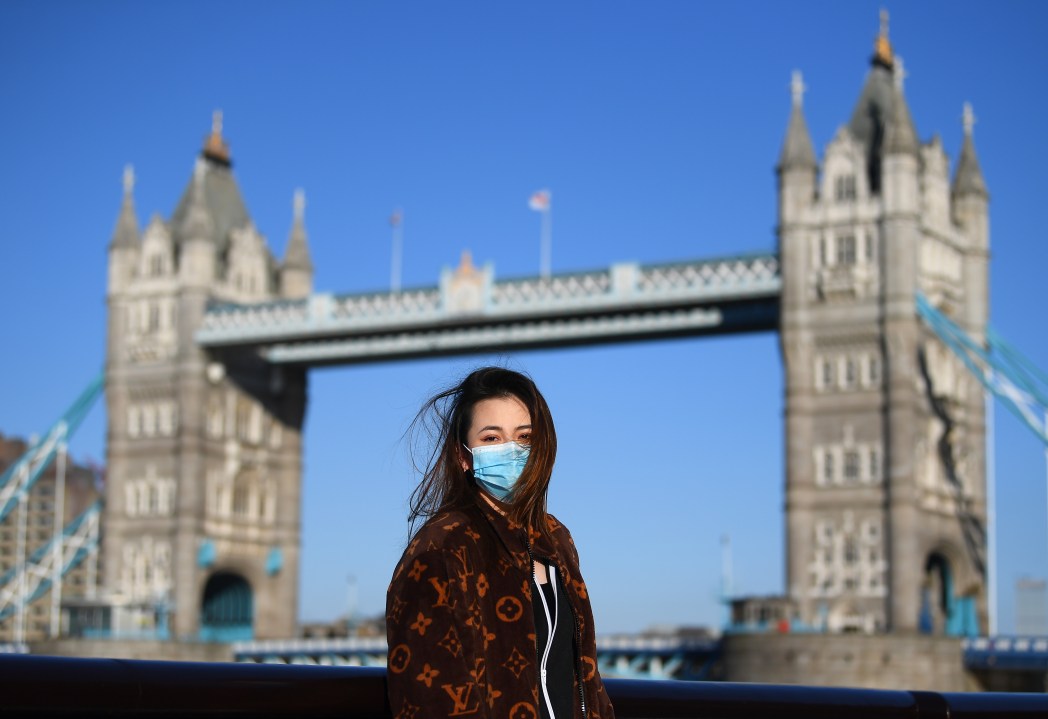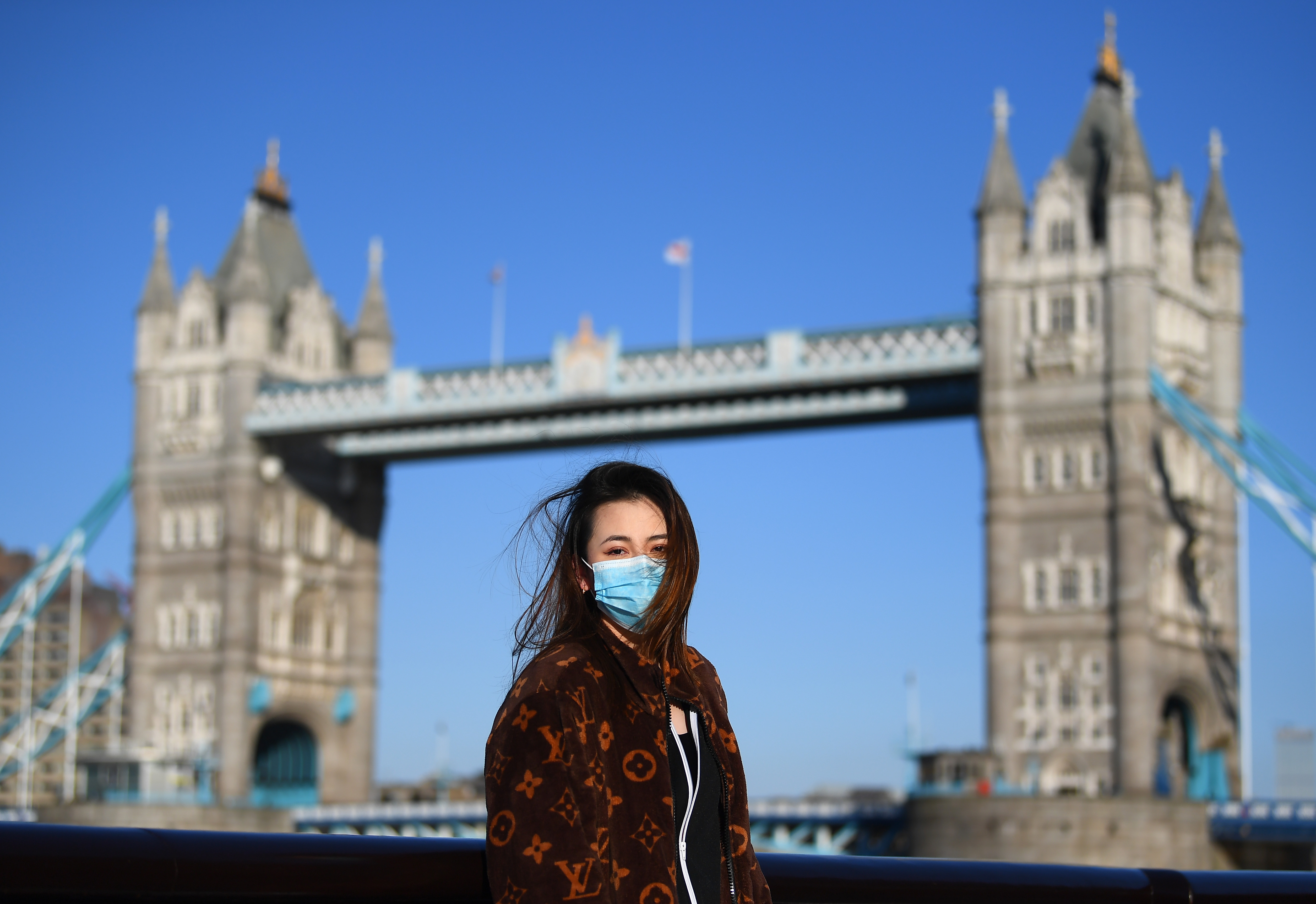Antibody tests on random samples of the population have so far shown much lower levels of general infection than the government’s scientific advisers claimed would be necessary to attain ‘herd immunity’. In London, for example, tests have shown that 17 per cent of the population have antibodies to Sars-CoV-2, the virus that causes Covid-19. In New York, the figure is 21 per cent. At the beginning of this crisis, on the other hand, Sir Patrick Vallance, the chief scientific adviser, suggested that at least 60 per cent of the population would have to be infected in order to achieve herd immunity.
It provides a possible explanation for why the Covid-19 epidemic seems to have died away in many places
But are antibodies the whole story? Not according to a team from Sweden’s Karolinska Institute, which has found that 30 per cent of Swedish blood donors in May this year were found to have an immune response to Covid-19 in their T cells – white blood cells that are an essential part of the immune system.

Get Britain's best politics newsletters
Register to get The Spectator's insight and opinion straight to your inbox. You can then read two free articles each week.
Already a subscriber? Log in








Comments
Join the debate for just £1 a month
Be part of the conversation with other Spectator readers by getting your first three months for £3.
UNLOCK ACCESS Just £1 a monthAlready a subscriber? Log in